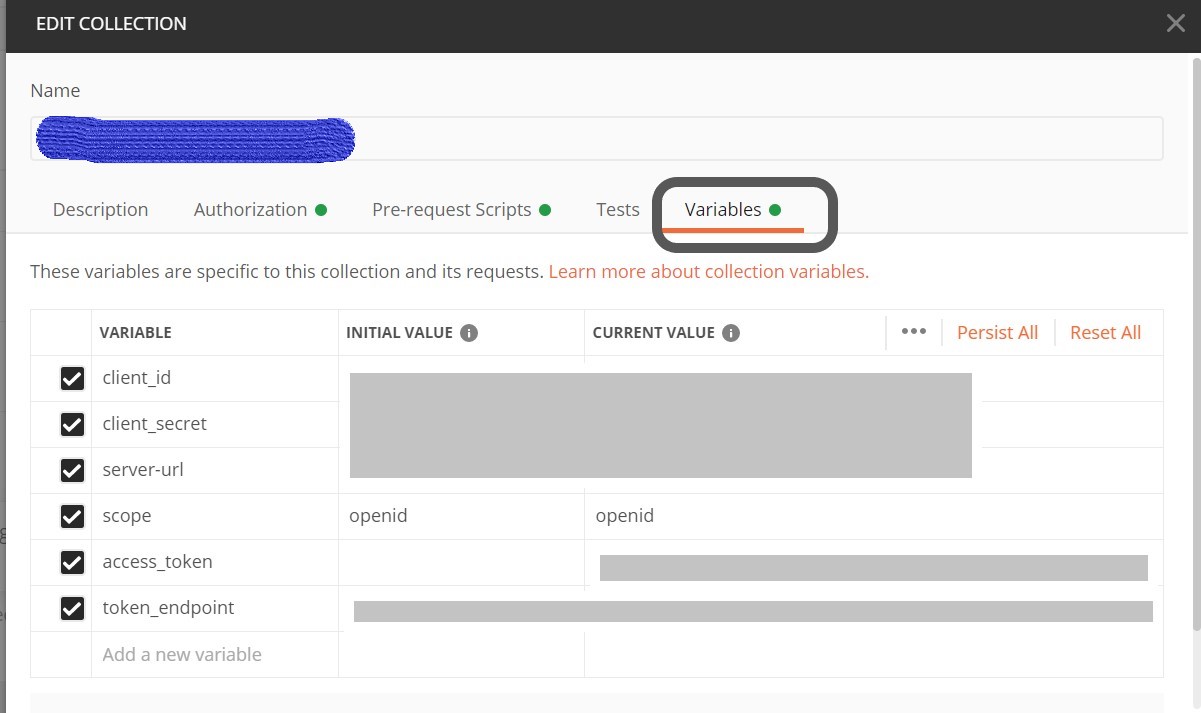Introduction
The quality of software solutions delivered to consumers determines the success of every software development company. The hard work of the QA team, which frequently tests and updates the software product to keep it up to date, is one of the most significant factors in ensuring the product’s quality. Automation testing best practices and appropriate test automation technologies can help a company achieve this, but what if your tests fail despite your best efforts? Automation testers make mistakes in their eagerness to do their best, which costs them time and money. It also raises questions about their competency and trustworthiness. It may sound like a nightmare for the company but breathe a relief because you can prevent these blunders.
Automation Testing Practices That Testers Need to Take a Break From
When executing various types of automation testing in the automation testing life cycle. Many novice testers and developers make automation testing blunders. It’s more vital to avoid some of the automation testing practices than it is to get the testing right. Many automation testing tools, automation frameworks, and some AI-based automation tools in the market claim to be a one-stop-shop for all automation testing issues. You can resolve the problem to some extent, but half of it remains, leaving behind the costly impact of the consequences.



